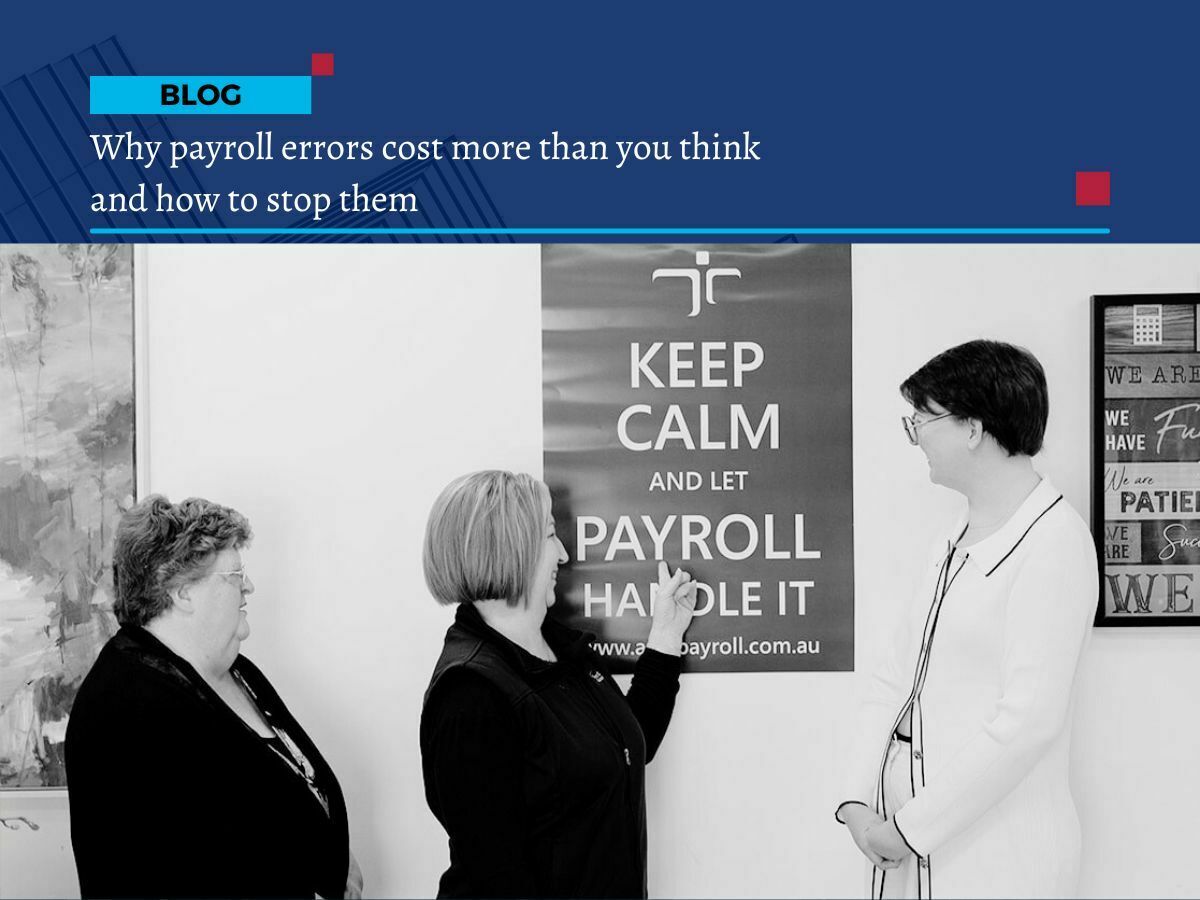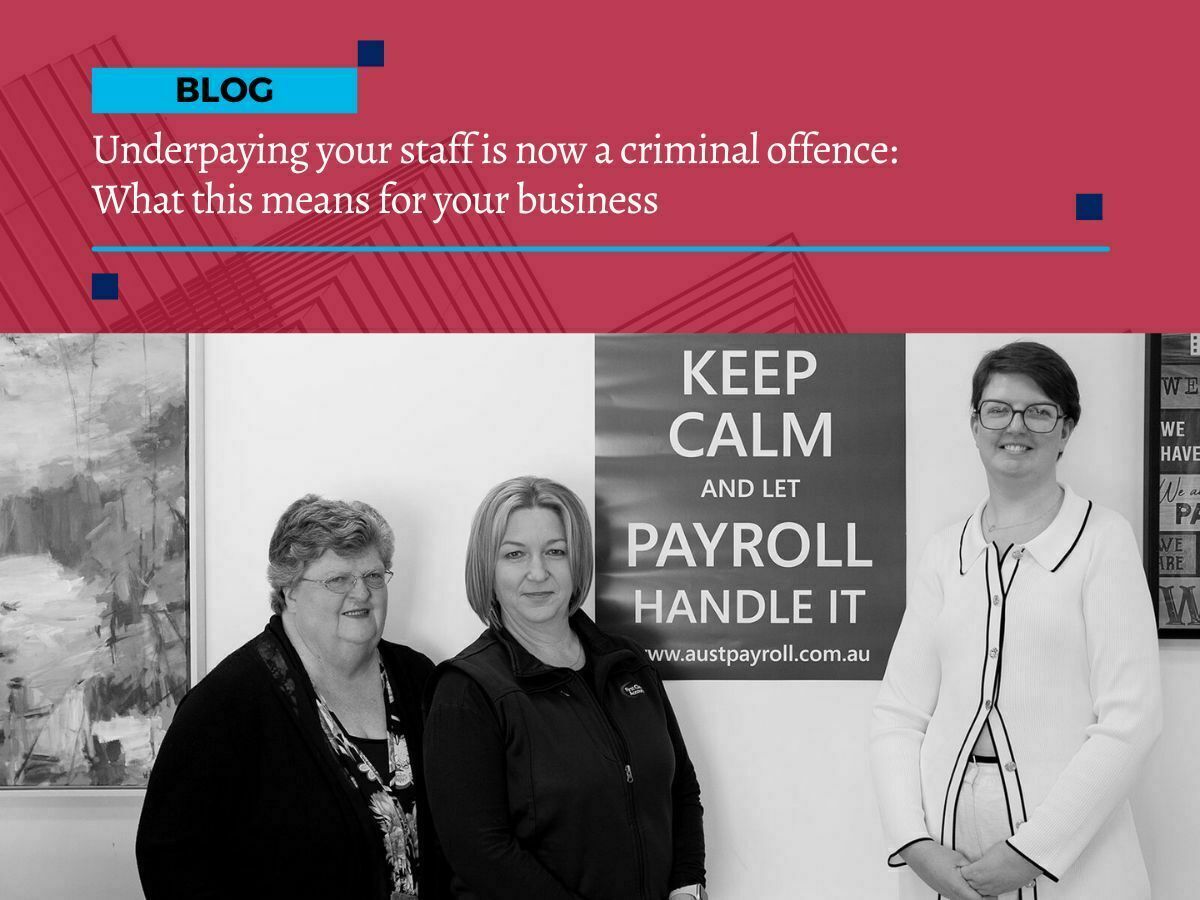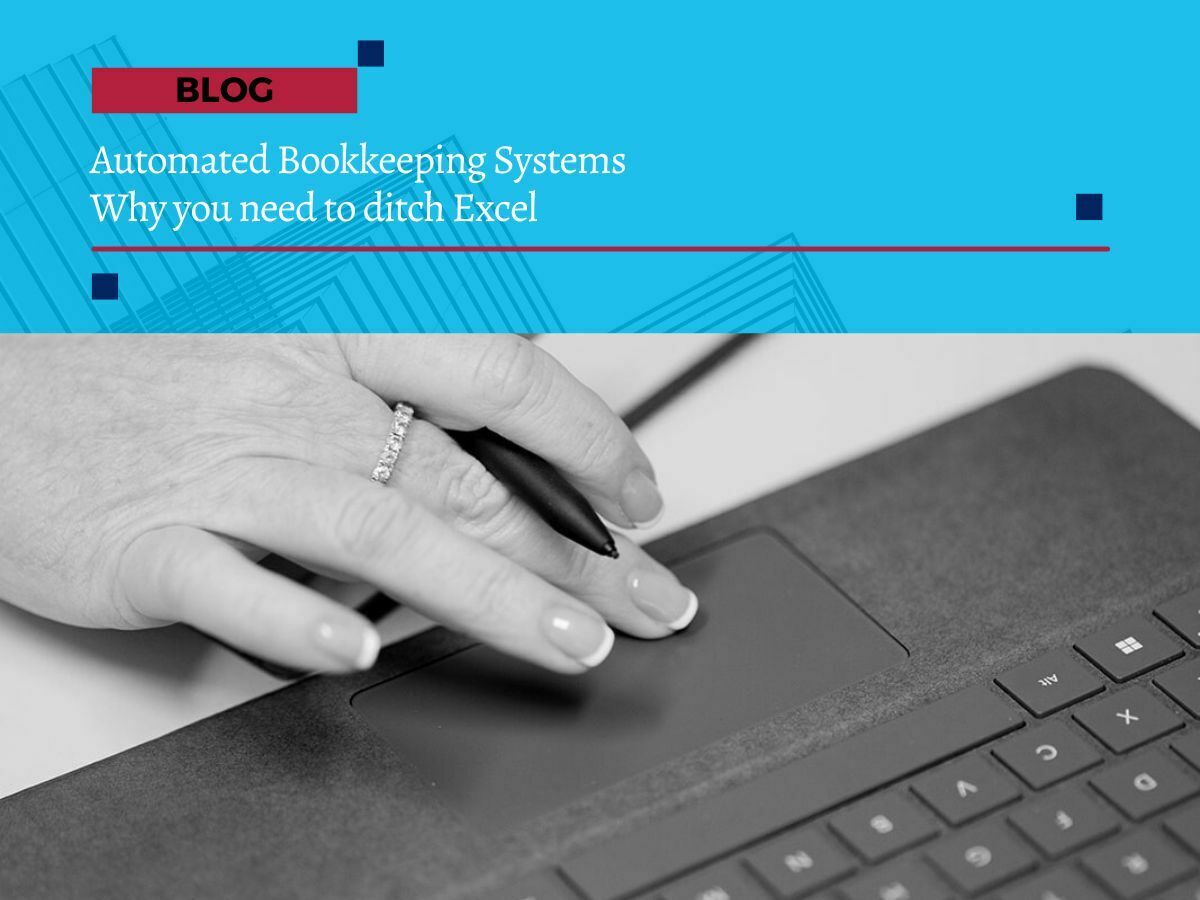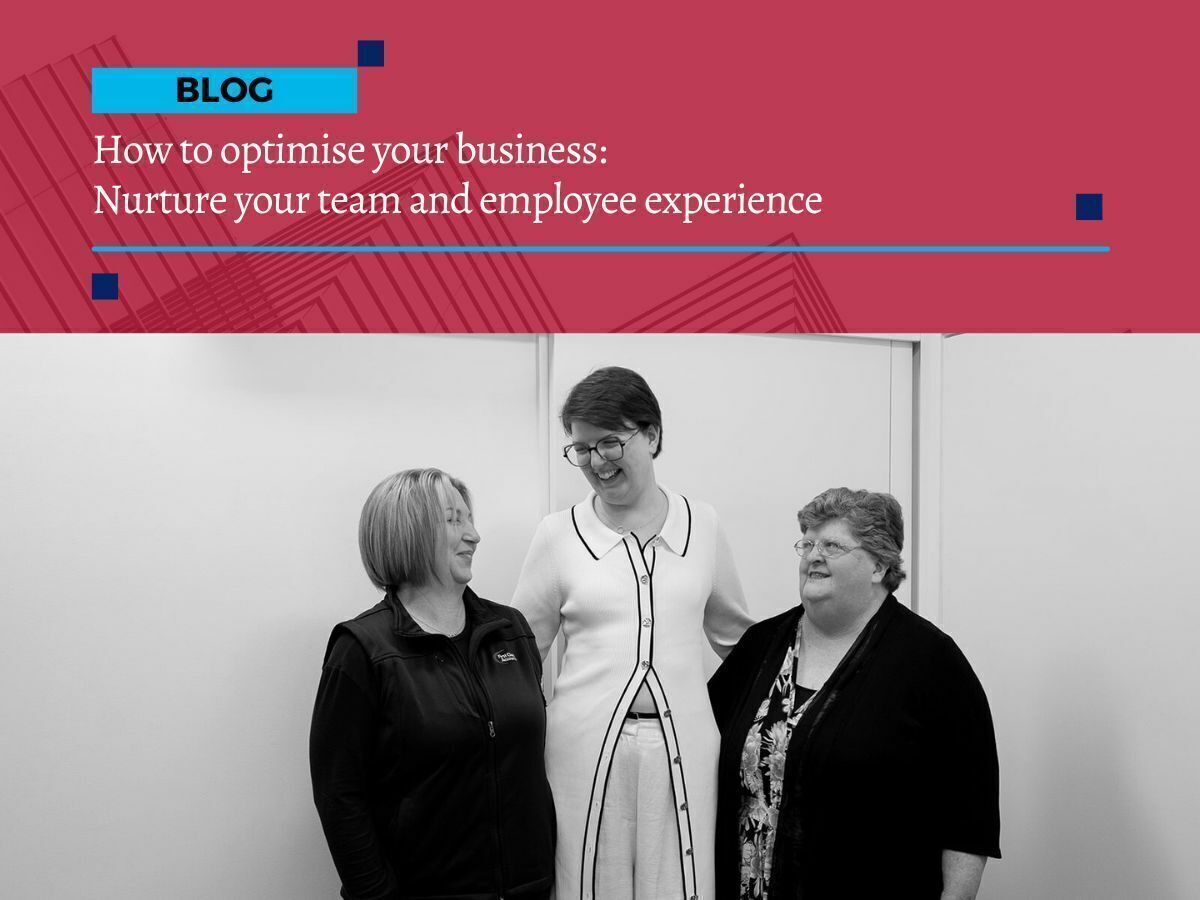
Understanding your cashflow statement
Understanding Your Cashflow Statement
When it comes to knowing how your business is really performing, understanding your cashflow statement is a must. It shows exactly how your business has generated and used cash (and cash equivalents) over a specific period. And that gives you valuable insight into what’s going on behind the scenes.
Alongside your profit and loss statement and balance sheet, the cashflow statement rounds out the full picture of your financial position. And once you understand how to read and use it, you’ll feel more confident in your day-to-day decisions.
At First Class Accounts Ovens & Murray, we prepare clear, easy-to-follow reports for our clients, so you’re not left guessing where the cash is coming from or where it’s going.
What your cashflow statement actually shows
The cashflow statement takes information from your other reports, specifically your profit and loss statement and balance sheet, and pulls it into one place to reflect your current cash position.
The difference is that this report is presented on a cash basis, not accrual. That means it focuses on actual money in and out of the bank during the reporting period, rather than invoices issued or received. It adjusts for movements in asset and liability accounts so you can see your real-world financial activity.
If your financial reports are managed by First Class Accounts Ovens & Murray, you’ll know your cashflow data is accurate, up to date, and explained in a way that actually makes sense. We make sure you know how much cash you have available to spend, not just what’s on paper.
Breaking it down: where the money flows
Your cashflow statement is usually divided into three areas:
Operating activities cover everyday business operations. This includes income from customers, supplier payments, wages, tax, super, and regular expenses like rent and software. It’s the day-to-day engine room of your business.
At First Class Accounts Ovens & Murray, we manage these processes for many clients, such as payroll, so your operations keep running smoothly.
Investing activities reflect money spent or earned from buying and selling things like vehicles, equipment, or other long-term assets. Security deposits and dividends received also sit here. If you’re making big investments or planning asset purchases, your cashflow report will show how they impact your bank balance.
Financing activities include things like loans, equity contributions, and repayments. If your business has borrowed money, repaid debt, or paid out dividends, those transactions are recorded in this section.
Extra information that matters
Formal financial reports sometimes include “notes to the financial statements.” These explain unusual or significant events that affected your business but didn’t involve cash changing hands, things like asset revaluations, depreciation, or stock adjustments.
We ensure these are clearly documented if needed, especially when working alongside your accountant to prepare reports for lenders or investors.
Why it’s worth understanding
When you look at your cashflow statement, you're not just seeing a number. You’re seeing how well your business can meet its obligations, whether your operations are sustainable, and what’s possible in the short and long term.
It helps you answer questions like:
Can I cover my bills this month?
How strong is my overall cash position?
Are my operations generating enough cash to grow?
How do my income and actual cash movements compare?
Where your profit and loss shows performance over time and your balance sheet shows position at a point in time, your cashflow statement reveals the story of your financial movements and whether they’re moving in the right direction.
And if they’re not? That’s where we come in. First Class Accounts Ovens & Murray helps identify the gaps, streamline your processes, and put cashflow planning strategies in place. We also help you prepare for seasonal dips, avoid unnecessary cash crunches, and keep your team and suppliers paid on time.
Want to feel more in control of your cash?
You’re not alone. Most business owners we work with know their business is doing OK, but they’re not always sure where the money’s going, or what’s coming next.
Understanding your cashflow statement gives you back that clarity.
If you’re ready to feel more confident about your financial position and future outlook, let’s talk. First Class Accounts Ovens & Murray offers practical support that helps you get clear on your numbers, stay in control of your operations, and plan with confidence.








